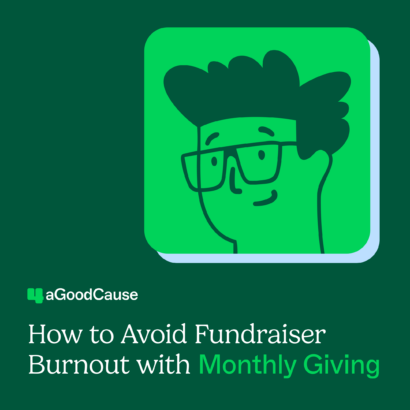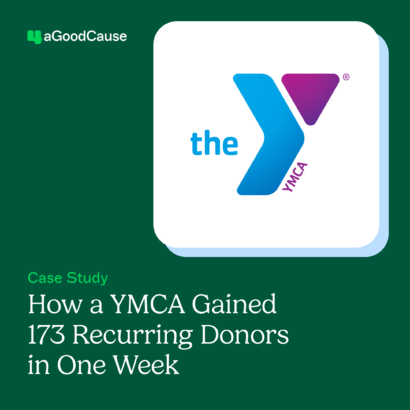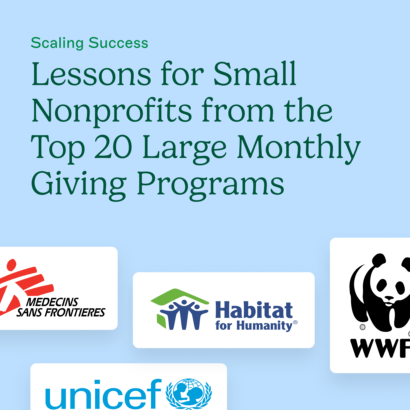You have great stories to tell and are making great strides in helping others with your nonprofit’s work. How do you capture those stories and share them with the world?
Storytelling for nonprofits is an important way to make connections and to engage with key audiences—funders, donors, board members, those seeking your services. There are many types of stories to collect and each may serve a different purpose throughout the year.
Type of stories to collect
- From donors: Why they give
- From participants: How you’ve made a difference in their lives
- From board members: Why they remain involved
- From employees: Why they stay committed
- From volunteers: Why they serve
Process for collecting stories
Think of gathering your stories of impact as you would any other ‘must do’ for your organization. Establish a process or routine and stick with that. You may be surprised at how many stories you are able to collect along the way.
First, it’s important to identify who in your organization is in charge of story collection. Is it your marketing department? Your advancement or development department? Key liaisons throughout the organization? Next, work through ideas for collecting these stories on a routine basis—this can be monthly, quarterly, twice a year, etc.:
- Identify sources during weekly fundraising team meetings
- Develop a landing page asking for volunteers to share the reasons they serve (make it a campaign around a hashtag or movement, #thereasoniserve #reasonstogiveback #givingbackmatters, etc.)
- Solicit long-time donors and conduct interviews around why they continue to give
- Speak with your programming department to identify those who utilize your services (some information may be confidential) and choose 2 or 3 people each quarter to sit down and talk about how your organization has made an impact
- Use your CRM as research. Pull different queries and see if anything pops up that may be relevant story-wise
- Research your audiences, board members, volunteers, etc. on social media. Follow tags, shout-outs and hashtags they use about your organization. They just may have a great side-story to share about their experiences
- Develop a story form or template that can be shared via Google Docs, a survey link or landing page that is easy to distribute during various times of the year to match a campaign or channel strategy you’re focused on
Tracking and storing your stories of impact
You’ve collected a lot of stories, now what? Where do you put them so you can refer back or use them throughout the year? An easy spot would be to utilize custom fields and tagging within your CRM and develop a process that each team member is trained on to remember where they can go for those stories.
If you have more information or supporting files than would make sense to keep solely in your CRM, use your nonprofit’s share drive or other cloud document sharing system. It’s important to establish a set filing system and nomenclature for these stories. For example, let’s say you have stories from donors, board members and service recipients. Your organization might look something like this (where each bullet point is a folder name):
- Stories of impact
- Donors
- 10.2020
- 5.2019
- Board members
- 22.2015
- 16.2008
- Service recipients
- 19.2018
- 23.2017
- Donors
The point is to establish a filing system that works for your key categories and content storage system. You may also want to develop a tracking system such as a spreadsheet or project management system whereby you can check off where these stories have been used. You can also acquire storytelling software to help your organization in the collection, storage, and distribution of your stories. Usage areas and channels of distribution could include:
- Email solicitations and newsletters
- Annual reports
- Social media channels
- Website or specific web pages
- Donation landing pages
- Direct mail pieces
- Thank-you campaigns
Stories of impact can be used in a myriad of areas including as supporting materials for peer-to-peer giving campaigns or as strategic content for an ongoing email campaign(s) to donors and as a basis for ongoing donor touchpoints. How will you collect and share your stories of impact this year?



